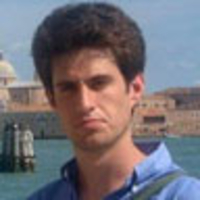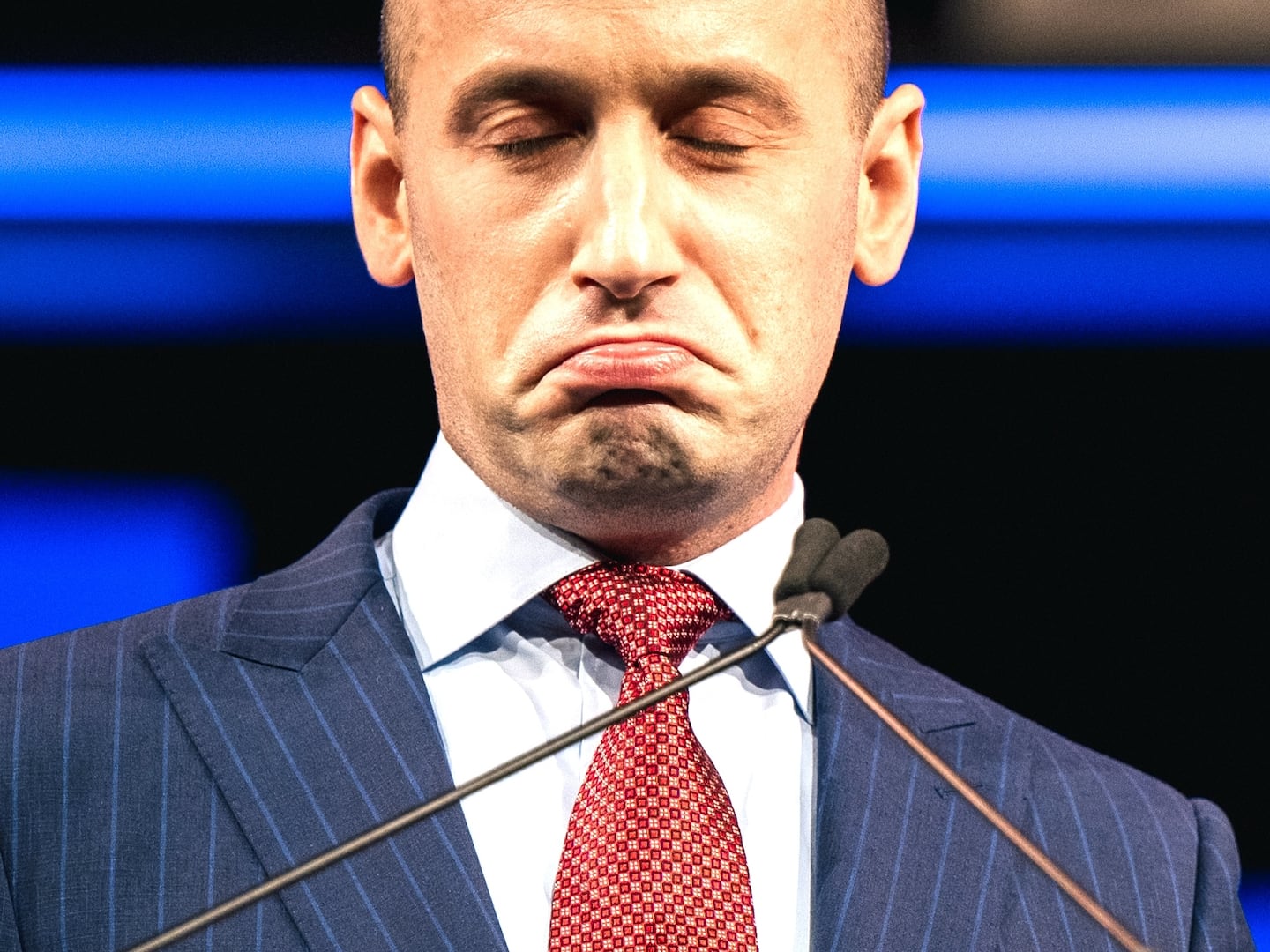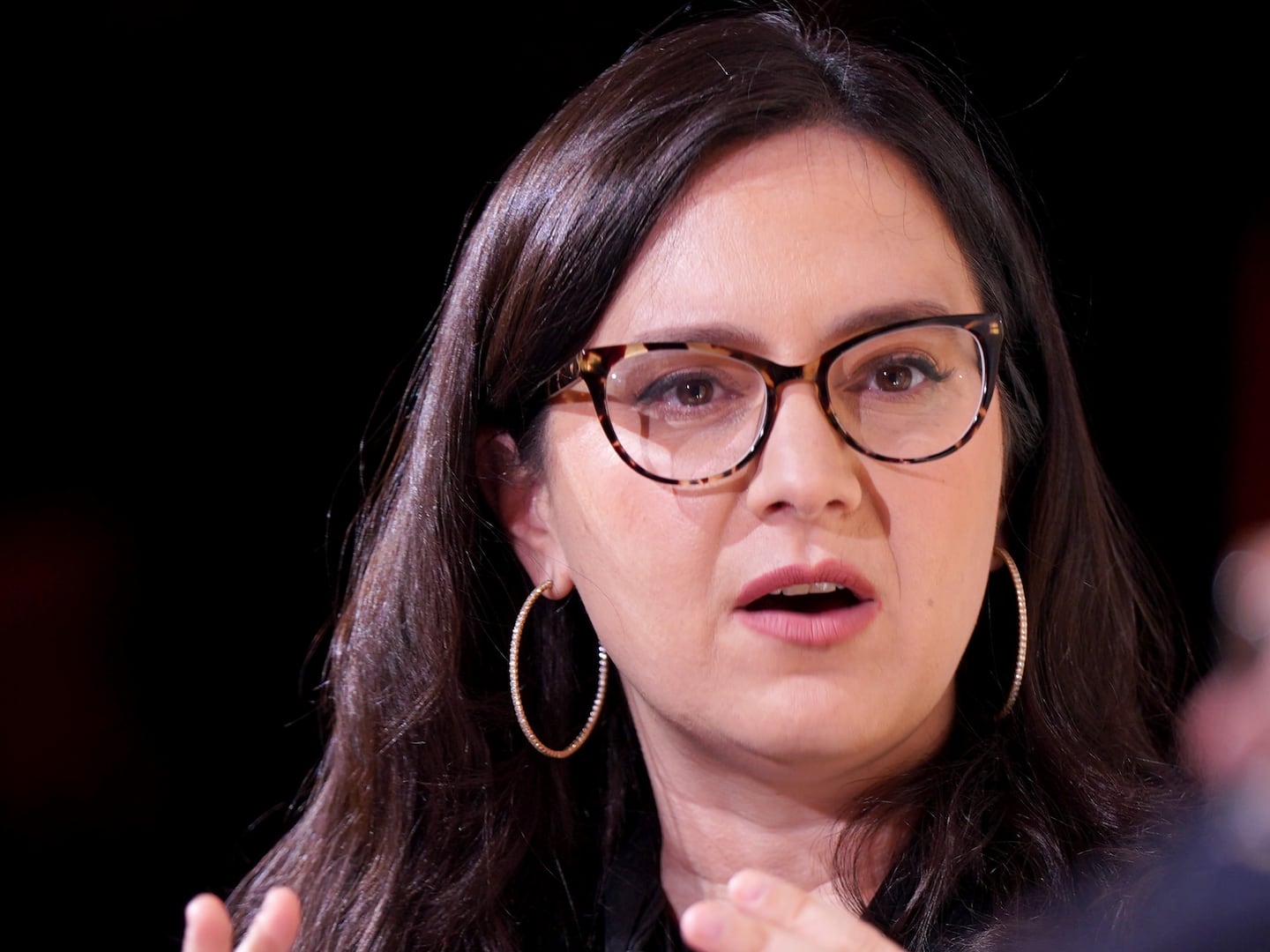
Mikhail Baryshnikov suddenly swings around and springs up from his swivel chair in greeting, his reading glasses perched on the end of his nose. “I was just attempting…” he says, turning back to fiddle with a project in iPhoto, here in his cramped office at the Baryshnikov Arts Center in Hell’s Kitchen.
Everywhere is the detritus of his dance career—videos on shelves or packed into Rubbermaid bins, the tape of The Swan Prince wedged in, the dusty book jackets exhumed for the annals of his life.
He never finishes the sentence. The 61-year-old dance icon, with light-bulb shoulders and arms still limber and sinewy, has other things on his mind for the moment. A few weeks ago, he spent the morning at the City Ballet to prepare for his upcoming world tour with Spanish dancer Ana Laguna. The tour started May 2 in Riga, Latvia (his birthplace), and has been moving through Scandinavia and Eastern Europe with pieces by Mats Ek, Benjamin Millepied, and Alexei Ratmansky.
“All three pieces are very theatrical,” he says. “They’re not kind of ‘dance-dance.’ It’s not a ballet. It’s not a modern dance.” Instead, “they choreographed for somebody who is 61, you know. But eh…on stage, person as young or as old as he or she appears.” A boyish grin.
Ratmansky, the former artistic director at the Bolshoi and now with the American Ballet Theatre, worked on the Baryshnikov solo piece Waltz-Fantasy last year in Denmark (“neutral territory,” Baryshnikov quips). Ratmansky would arrive in the next few days to polish the piece and handle the costumes and lighting before the exodus to Riga.
But even in the midst of preparations, Baryshnikov finds his Zen in photography and returns to the proofs sprawled across his desk. He’s just back from his “spring break” in the Dominican Republic, where he has a family vacation home. With February’s publication of Merce My Way, a collection of his photographs featuring pieces by choreographer Merce Cunningham, he has decided to continue with book projects. He wants to transform his Dominican Moves project, which showed at the Houk Gallery in 2006, into “this little coffee, coffeetable book,” he says rifling through the papers. He hops over (all 5’7” of him) to pore over more photographs, and we switch positions in a dos-à-dos.
He started going to the Dominican Republic 12 years ago when Oscar de la Renta invited him for a children’s charity benefit in Santo Domingo. Now, with a brood of local friends, he works in his studio there, plays golf to take his mind of things (“I am probably 12, 13 handicap,” he shrugs), and hones his photographic muse. “Dancers are victims of—we are in the hands of other people, choreographers, producers,” he says. In photography, he says he finds his independent creative power.
He goes into the clubs—the pole joints and the cha-cha places—with his crew of locals to seek out subjects for his pictures. “Dominicans are very flamboyant and lovely people,” he says. “They dance, they love music and dance and song. I mean, just for them, it is just essential.”
He flips to a photo with two dancers in a cross-body lead caught in a sweaty embrace in a club called Cave. “It’s kind of a bit erotic, and remember the expression in American slang ‘dirty dancing’?” he delights. “It’s dirty dancing done not dirty.”
Sometimes the revelers recognize him. “They have seen Sex and the City, I guess,” he says sheepishly. He sits, leans back in his swivel chair and begins to discuss his SATC character, Aleksandr Petrovsky.
“You know in Paris, and remember that scene at the Jeu de Paume,” he says. “I mean, they had the exhibit, and [Carrie Bradshaw] sits very bored. She’s not even interested in his work. That’s the rift, you know. I don’t know if I broke her heart or not.” He can’t really say—he hasn’t even seen the last season of the show: “Sarah Jessica [Parker] said, ‘One day we’ll sit down and look together.’ And I said, ‘OK, I’ll wait.’ And I’m still waiting.”
His next photo project is called Dance Macabre and presents iterative distortions of dancers’ forms. The effect is an oneiric blend on his computer screen that he moves through, struggling with the touchpad mouse. He can kill hours “fiddling with all this,” he says. As he clutches his full-frame Canon digital (“it’s a phenomenal kind of effect, really”), he’s come a long way from the Leica 35mm he began with in the ’80s and the contraptions of the old-time Latvian photographers of his youth.
But he can’t escape his history. Everywhere is the detritus of his dance career—videos on shelves or packed into Rubbermaid bins on the floor that clear a skinny pathway from door to computer, the tape of The Swan Prince wedged in, the feuilles mortes letters scribbled in Cyrillic, the dusty book jackets exhumed for the annals of his life. This will all be digitized and archived, he tells me.
The clutter and distraction can only last so long. It’s time for him to go for more afternoon warm-ups and polishing of his pieces. And then it’s a flight to Riga. He’s been back there and is nonchalant about the homecoming.
“I’ve been there already, and I danced there already. I was born there, and my mother is buried there, you know, and I visit her grave,” he says. “But it was a geographic location I would say, but never, never my home.” Ever since he was plucked from the confines of anonymity in his momentous 1974 defection from the Soviet Union while on tour with the Kirov Ballet, he will not go back to Russia. His work goes in his stead. “I don’t have a nerve for it,” he says, but he’s pleased his Merce exhibit has recently been to St. Petersburg at Stroganoff Palace.
In staccato clucks, he says his home is now: “Here. The States. Yes. New York.”
Talking about the recent G-20 conference in London, where President Obama met with Russian President Dmitri Medvedev, Baryshnikov says he feels New Russia has too many of the vestiges of the Old Guard. He cites Putin’s links to the Soviet secret police.
“It is kind of irony from being… you know, officer of KGB, it’s a sinister symbol of Russian past, and then [Putin] was one of the most popular presidents, of course, in Russia. That explains a lot about Russians and New Russians and New Power in Russia, which is actually, speaking of dance macabre, it is a political macabre.”
Ross Kenneth Urken has written for The Wall Street Journal, New York Magazine, and The Moscow Times, among other publications. He lives in New York City.






